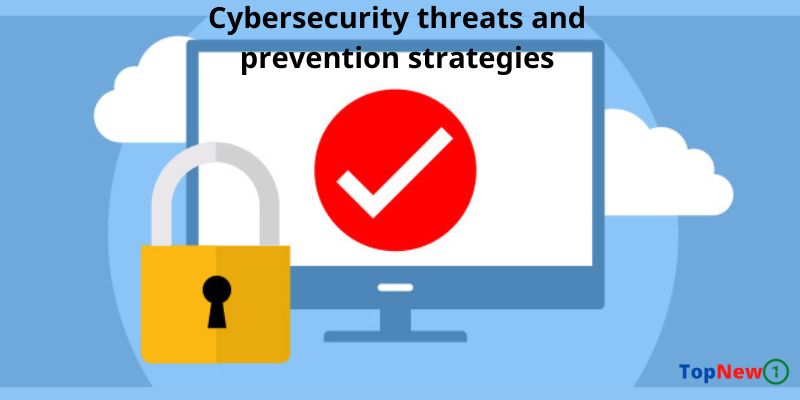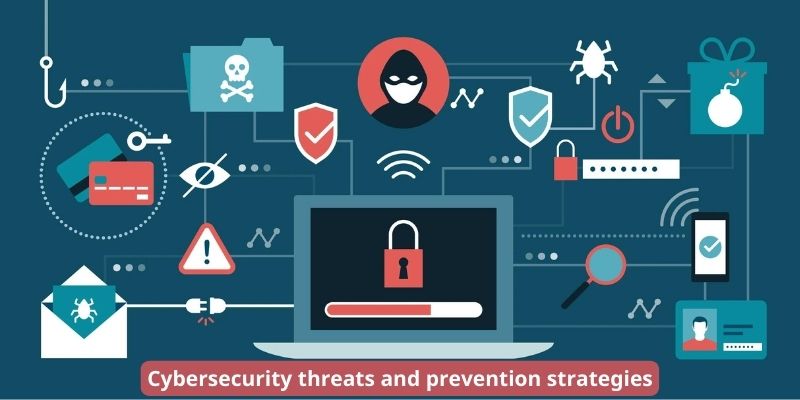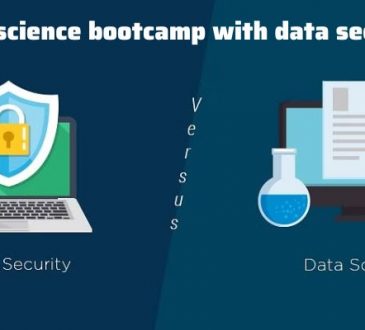6 Ways to Reduce Cybersecurity Threats and Prevention Strategies
The number of Cybersecurity threats and prevention strategies has been increasing, and by 2023, 15.4 million are predicted to have occurred. Despite the ease with which organizations may upgrade their security protocols thanks to contemporary technology, malicious hackers are increasingly using Cybersecurity threats and prevention strategies. It follows that you must take proactive steps in addition to adhering to strict Cybersecurity threats and prevention strategies in order to reduce your cybersecurity risks.
In order to protect your data, your business cannot afford to rely on luck. It could result in lost sales, system outages, and consumer data theft, which would have a significant financial impact. Furthermore, data breaches damage your reputation, which could occasionally drive you out of business. How then can you lower Cybersecurity threats and prevention strategies for your firm given everything that is at stake? topnewone.com will provide some information for you in this post.
Contents
1. Encrypt Your Data and Create Backups
Make sure that all critical information is encrypted. Simply said, plain-text file formats make it easy for hackers to access your data. Data encryption, on the other hand, limits access to data to those who have the encryption key. Additionally, it ensures that even if data is accessed by unauthorized parties, they would not be able to read it. Some data encryption tools even let you know if the data is being changed or tampered with.
You should also routinely backup your important files. Threats to cybersecurity and preventative techniques can occasionally result in data loss. Without a reliable and secure backup, if this were to occur, your business would likely suffer severe financial loss and operational problems. One of the finest methods for data backup is the 3-2-1 rule. Using this method, you should keep at least three copies of your data. Two of them ought to be kept on various types of media, and one ought to be kept offshore.
2. Conduct Regular Employee Training
Phishing emails sent to your employees are one of the typical methods criminal hackers get access to your database. 3.4 billion phishing emails are reportedly sent annually worldwide, according to data. These emails’ links are actually dangerous viruses that provide hackers access to user data, including login passwords.
Phishing emails are hard to recognize because they seem genuine. For instance, a hacker might send an email asking personal information while impersonating as the leader of the company. The worker can wind up disclosing this information if they weren’t given the required training. You must do Cybersecurity threats and prevention strategies awareness training because of this. Inform your staff on the main types of cybersecurity assaults and the effective defenses against them.
It’s important to underline the importance of double-checking email addresses before responding to them and links before clicking on them. It’s also important to emphasize the company’s policy on disclosing private information, especially on social media.
3. Keep Your Systems and Software Updated
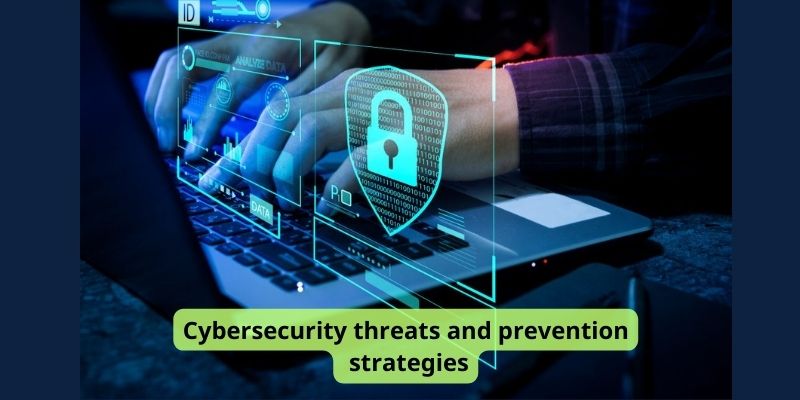
Your Cybersecurity threats and prevention strategies and digital safety are significantly impacted by software and system updates. This is because they don’t just bring new features; they also correct bugs and aid in patching exploitable security holes and vulnerabilities.
Malicious hackers write code that they use to exploit the bugs. Most frequently, this code is packaged with malware that can damage your entire system. Use a patch management system as a result to automatically handle all updates and preserve information security.
4. Use Strong Passwords
Weak passwords are to fault for roughly 80% of organizational data breaches, which is an interesting fact. Hackers don’t need much to get access to your systems. They only require a small opening, and they’ll make the most of it.
Because password cracking technology has advanced, simple passwords are no longer sufficient. You should instead use multi-factor authentication methods and strong passwords to prevent hacking at your company. It’s also a good idea to prevent password sharing among employees so that, even if one machine is compromised, the others will still be secure.
When it comes to passwords, some of the security risk mitigation techniques you should use include;
- Every password needs to be at least 8 characters long.
- They should be composed of letters from the alphabet.
- They shouldn’t contain any sensitive information.
- They must be original and have never been used before.
- They should ideally not contain any correctly spelt words.
Remember to keep your password encrypted and stored safely.
5. Assess and Monitor Your Vendors
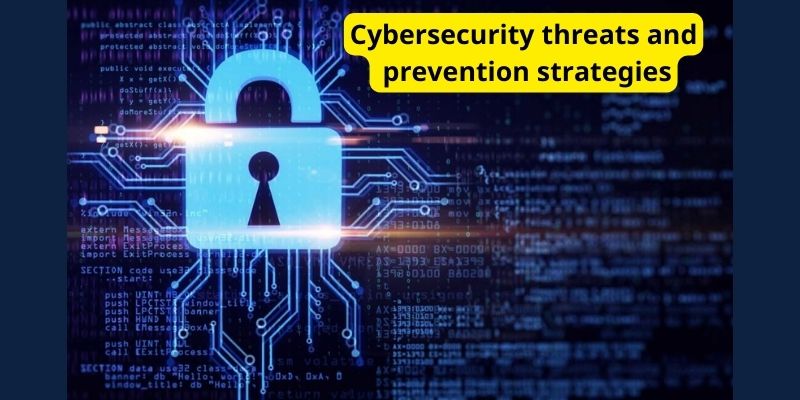
You can’t afford to overlook vendor risk management because it’s likely that third-party vendors play a significant role in your Cybersecurity threats and prevention strategies. Instead of only depending on incident response, this will assist you in reducing third-party risk.
Your primary attention should be on:
Risk associated with Cybersecurity threats and prevention strategies: monitor vendors throughout your engagement and onboard them using the proper methods.
Verify that the vendor won’t affect your compliance with agreements, rules, and local laws to minimize legal, regulatory, and compliance risk.
Operational risk: If the vendor is important to your business, make sure they won’t interfere with your operations.
Strategic risk: make sure the vendor won’t interfere with your capacity to accomplish your organization’s goals.
6. Reduce Your Attack Surface
Your attack surfaces are the openings or weaknesses that nefarious hackers can utilize to get access to confidential information. They could be employees who are regularly the subject of social engineering attacks like phishing and whaling, as well as IoT equipment, software, online application systems, and other things.
Three primary categories of assault surfaces exist:
The physical attack surface includes physical assets that hackers with physical access to your premises could seize. Digital assets that may be accessed online and exist outside of a firewall are referred to as the “attack surface.” Digital assets that are known to be attack surfaces include your company’s operating system and corporate servers, as well as rogue assets like apps that spoof your business.
One of the most important but frequently disregarded attack surfaces is social engineering. The hackers in this instance take advantage of psychological tendencies and trick your staff into disclosing private information.
To evaluate your Cybersecurity threats and prevention strategies landscape, find all of your security holes, and narrow the attack vectors, make sure to do an attack surface analysis.

